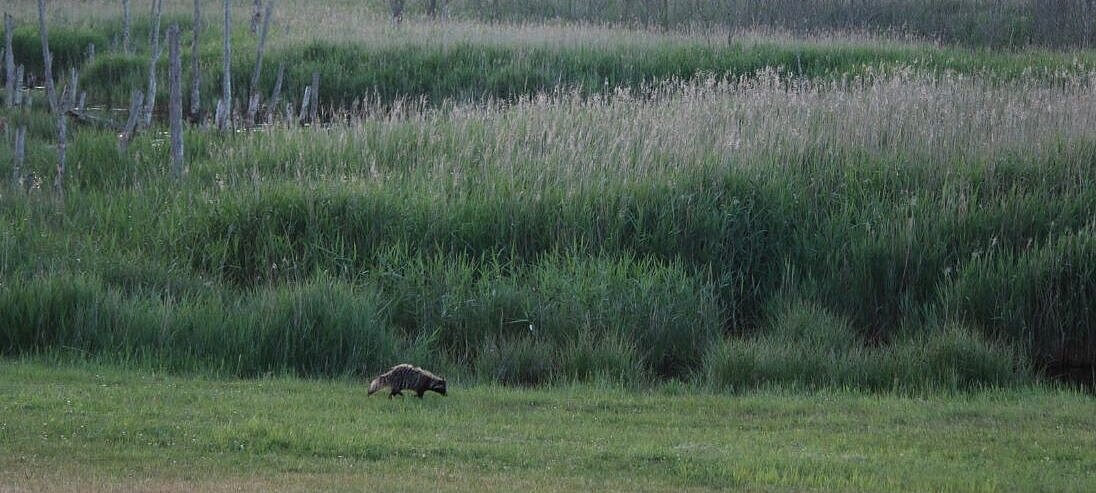
| Project leader: | Prof. Prof. h. c. Dr. Ursula Siebert |
|---|---|
| Scientific staff: | Jana Klink |
| Project term: | January 2021 until December 2021 |
| Sponsorship: | Ministry of Energy, Agriculture, the Environment, Nature and Digitalization of the State of Schleswig-Holstein |
Project description
Originally situated in east asia the racoon dog was introduced 1928 as a fur animal in the former soviet union. Since then the racoon dog spread continously west and inhabited new areas. In the late 1990 the first reproduction of racoon dogs in Schleswig- Holstein was recorded.
1927 racoons were released in the state of Hessen, in the following years other racoon dogs were set free or escaped form captivity in different parts of Germany. From this time on a free roaming population established. In 1975 the first reproduction of racoons was recorded in Schleswig- Holstein.
In our project we want to analyse the influence and the risk of these alien species on our native fauna. Therefore we want to asses the health status, especially the occurance of zoonotic and infectious diseases and the nutrition of the animals.
Shot animals or animals found dead are getting dissected at the institute for terrestrial and aquatic wildlife research of the TiHo Hannover. Samples for bacteriological, virological and parasitological diagnostics are taken and stomach content analysis and age determination is taking place. Based on the first results follow- up studies on the influence on native animal species and as a result of those a future long-term management can be developed
Contact person
University of Veterinary Medicine Hannover, Foundation
Institute for Terrestrial and Aquatic Wildlife Research
Bischofsholer Damm 15
30173 Hannover
Jana Christina Klink
Tel.: +49 511 856-8154
E-Mail


